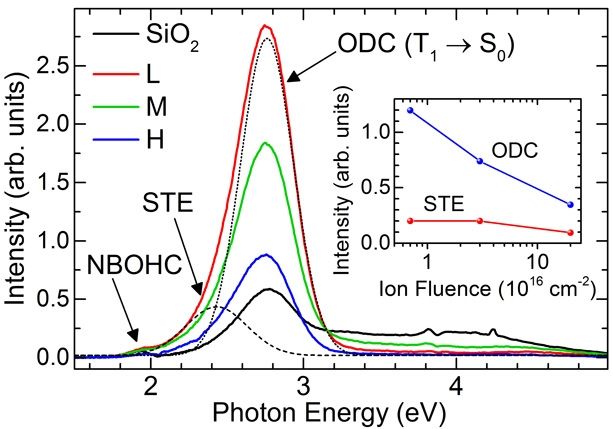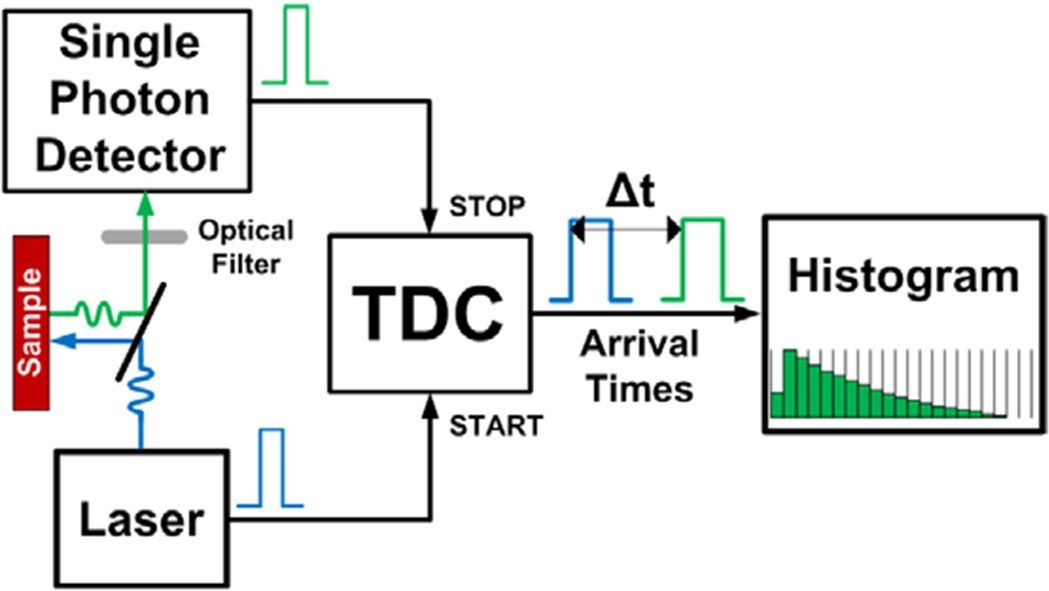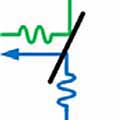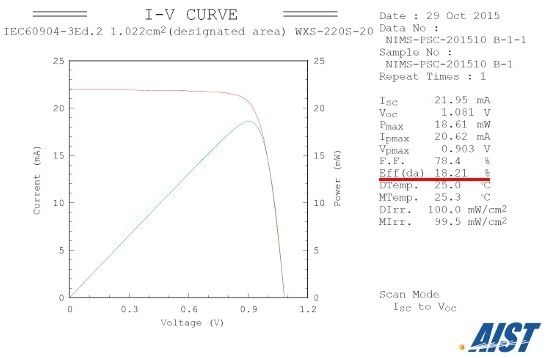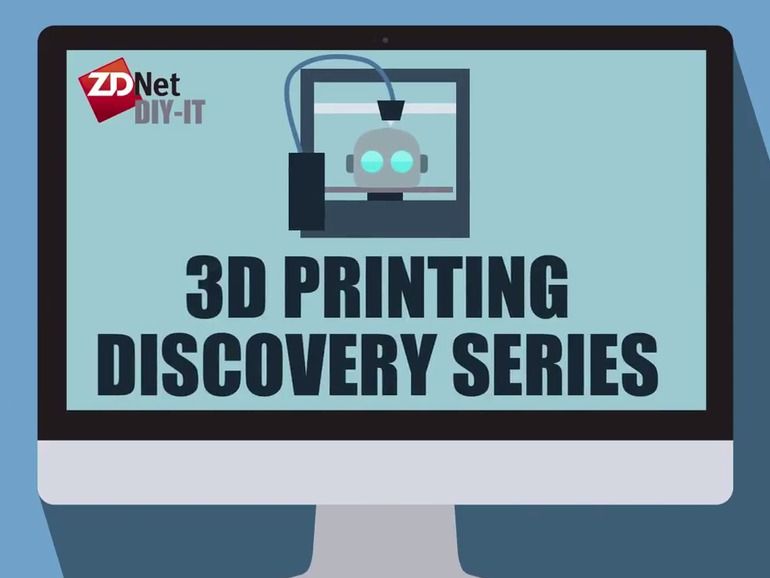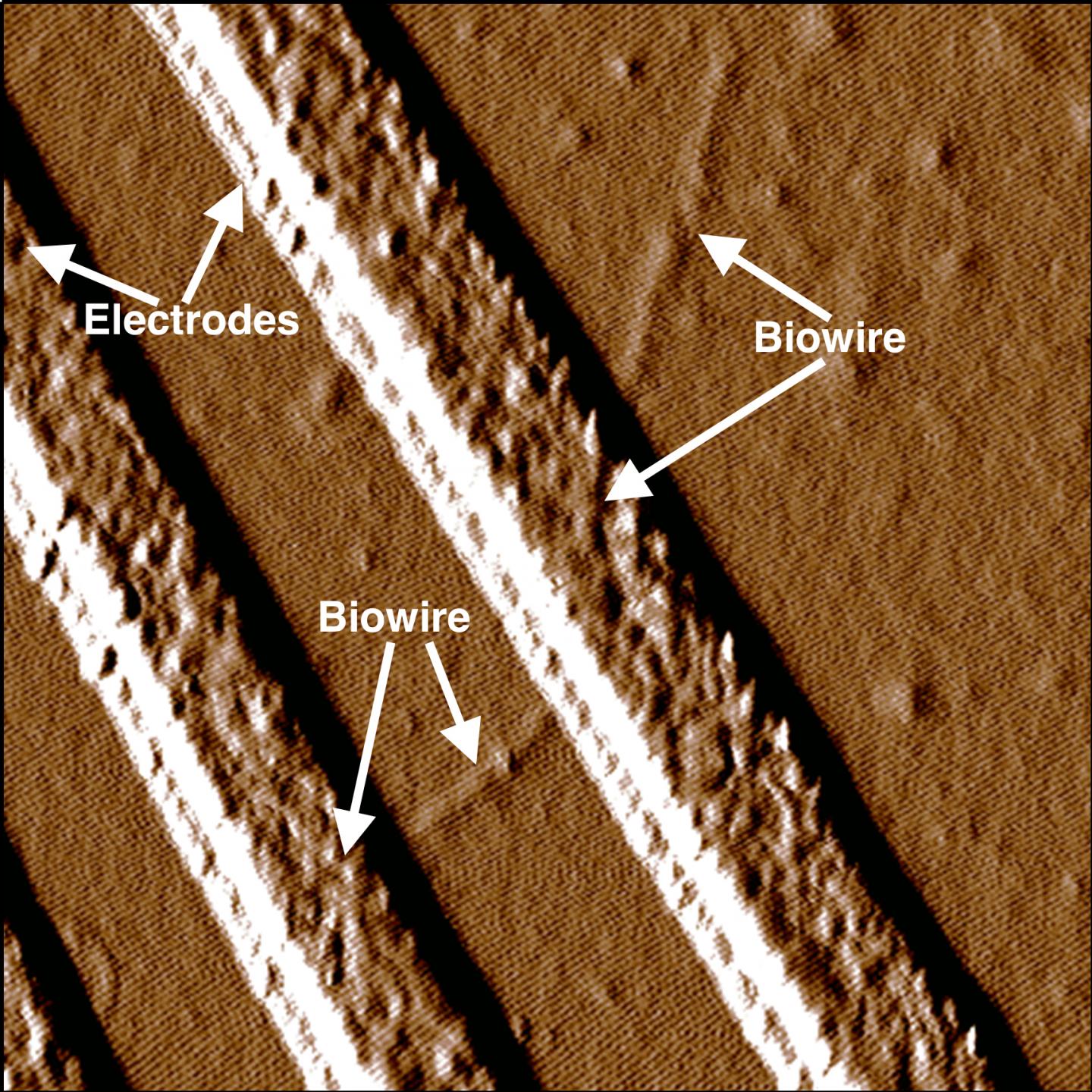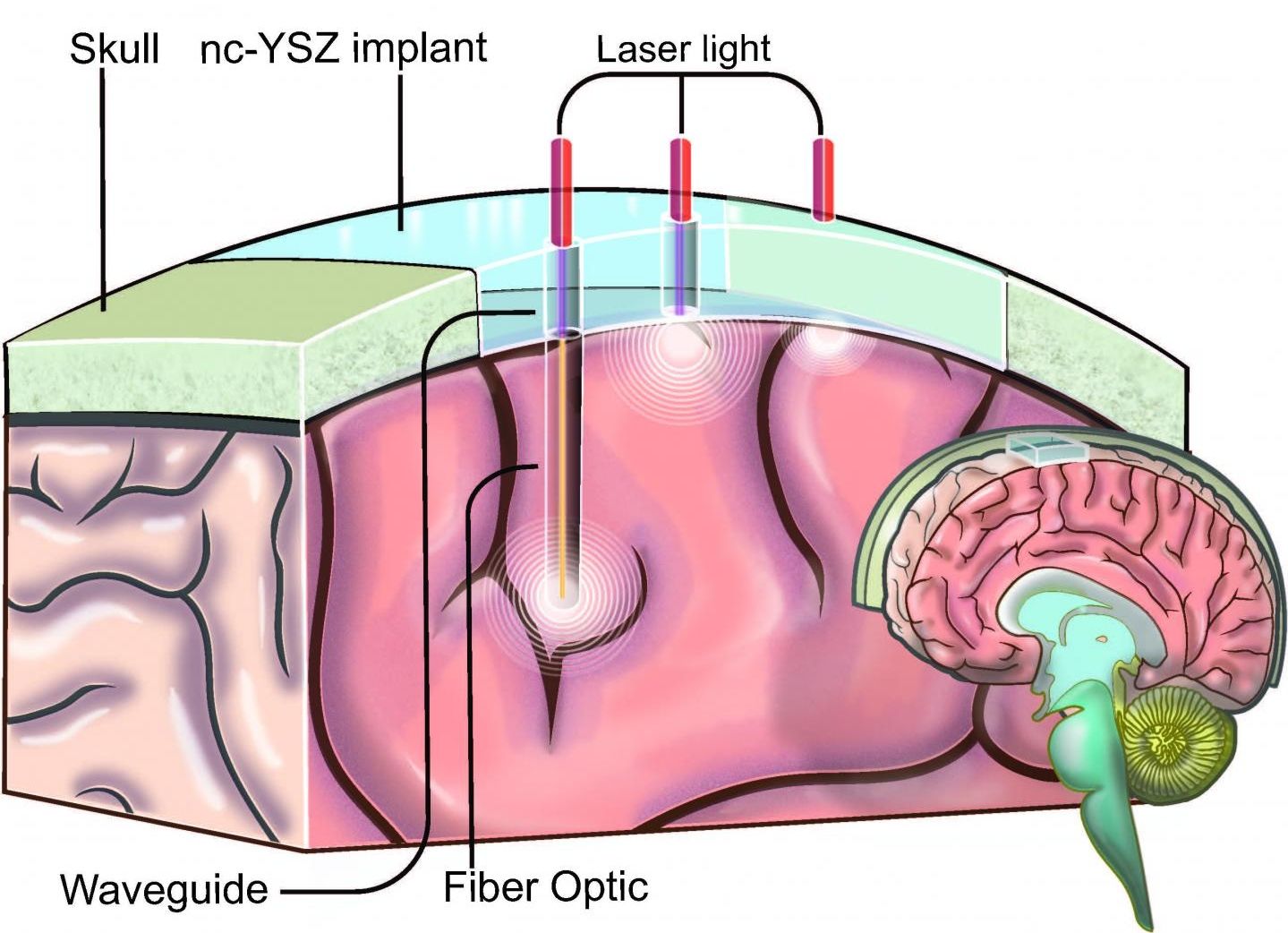Jul 15, 2016
Scientists: Quantum Fingerprinting May Be Better Than Classical Limit for Communication
Posted by Karen Hurst in category: quantum physics
Scientists found that quantum fingerprinting protocol can surpass the classical limit for solving communication complexity problems.
A new study has experimentally demonstrated a quantum fingerprinting protocol and shown that it can surpass the classical limit for solving communication complexity problems. Scientists say that in these problems, two parties each have a message, and they both share some of their message with a referee, who has to decide whether the two messages are the same or not. The classical limit requires that a minimum amount of information must be transmitted between each party and the referee in order for the referee to make this decision.
Researchers found that the best communication complexity protocols require transmission of data that is two orders of magnitude larger than the classical limit.

